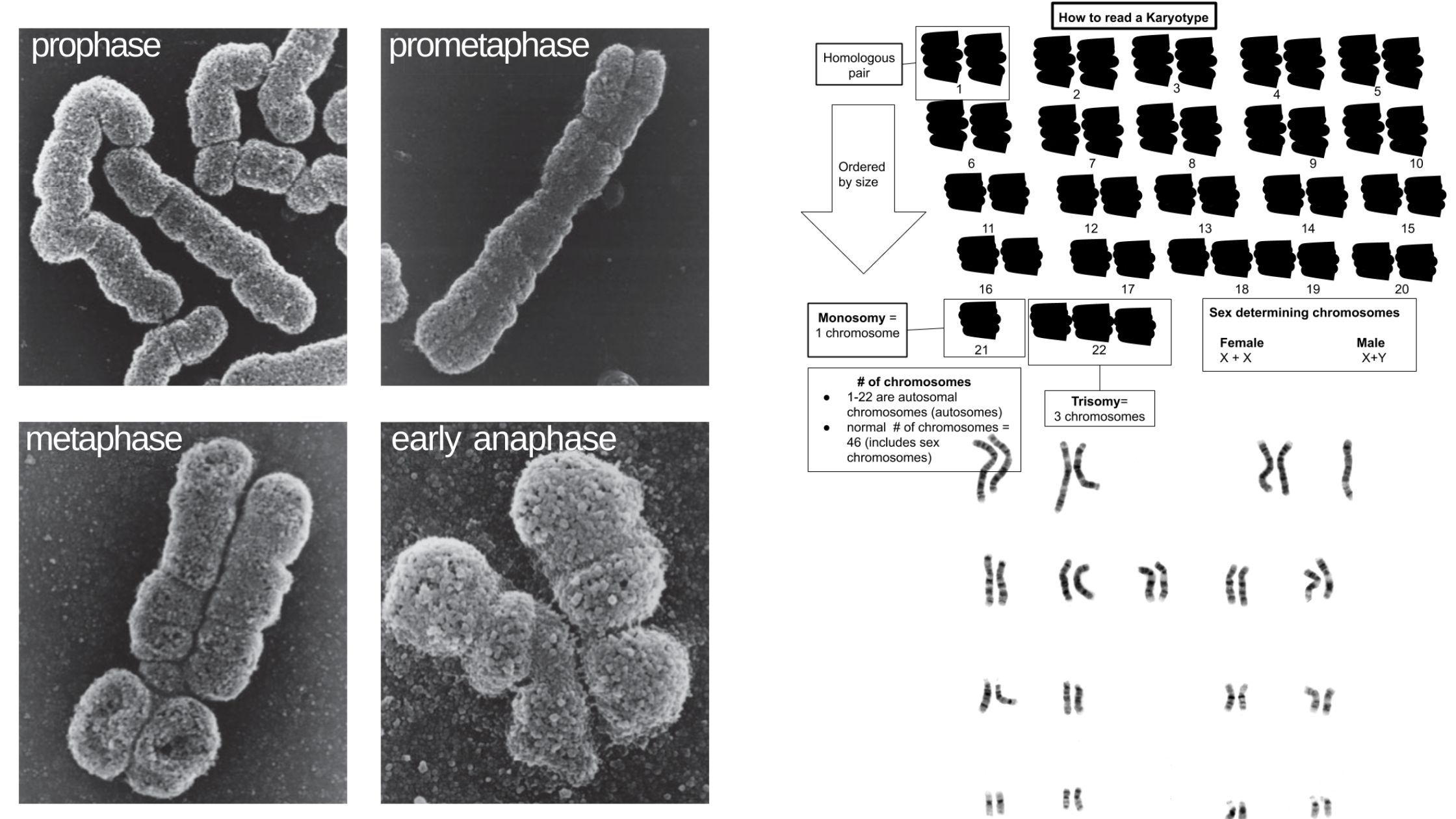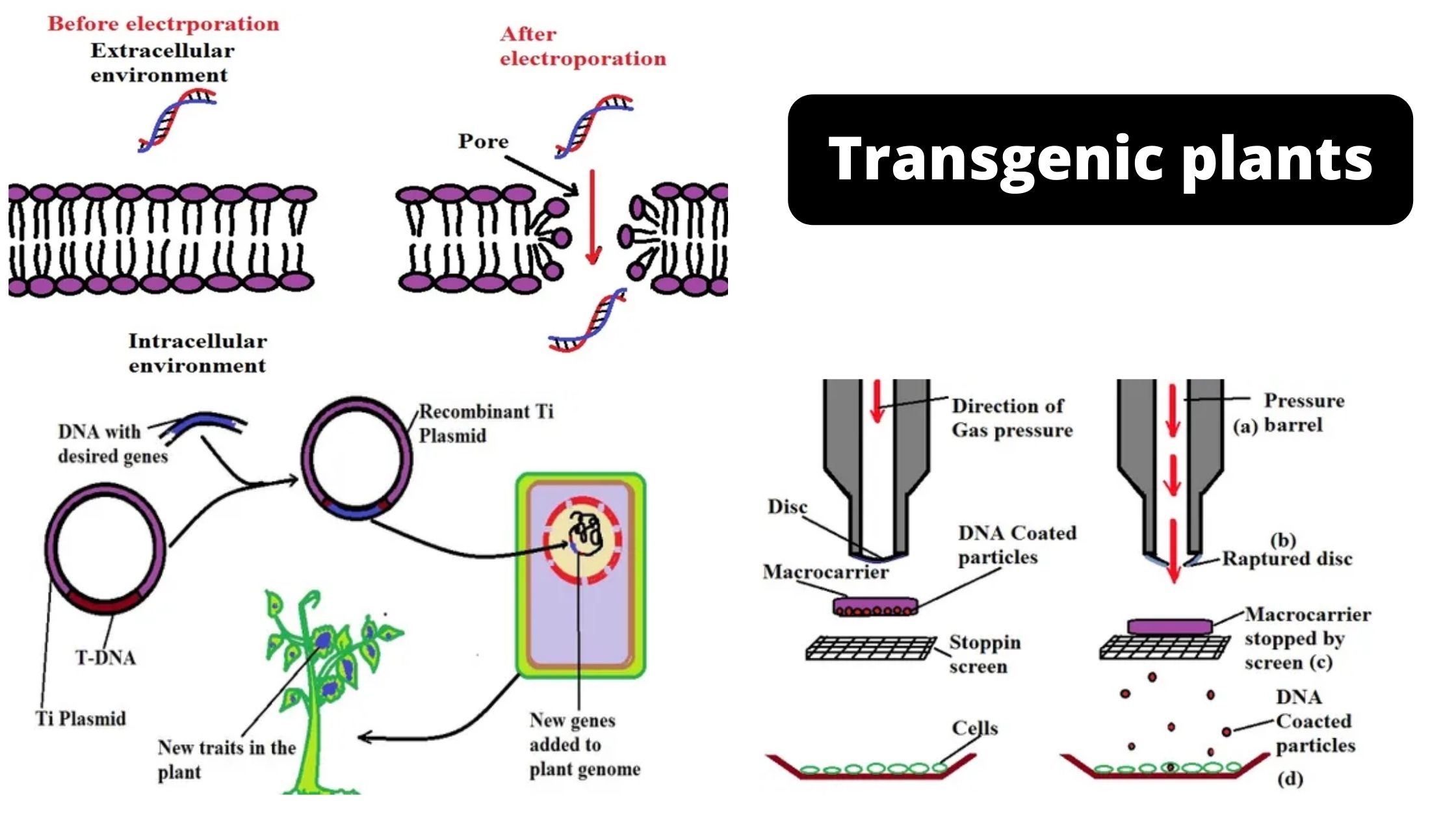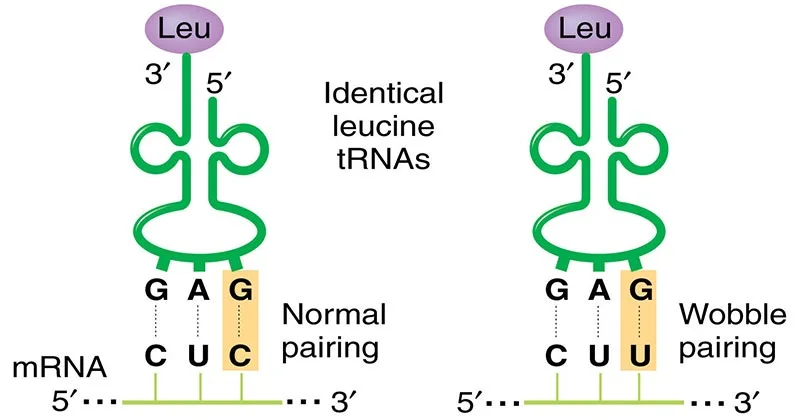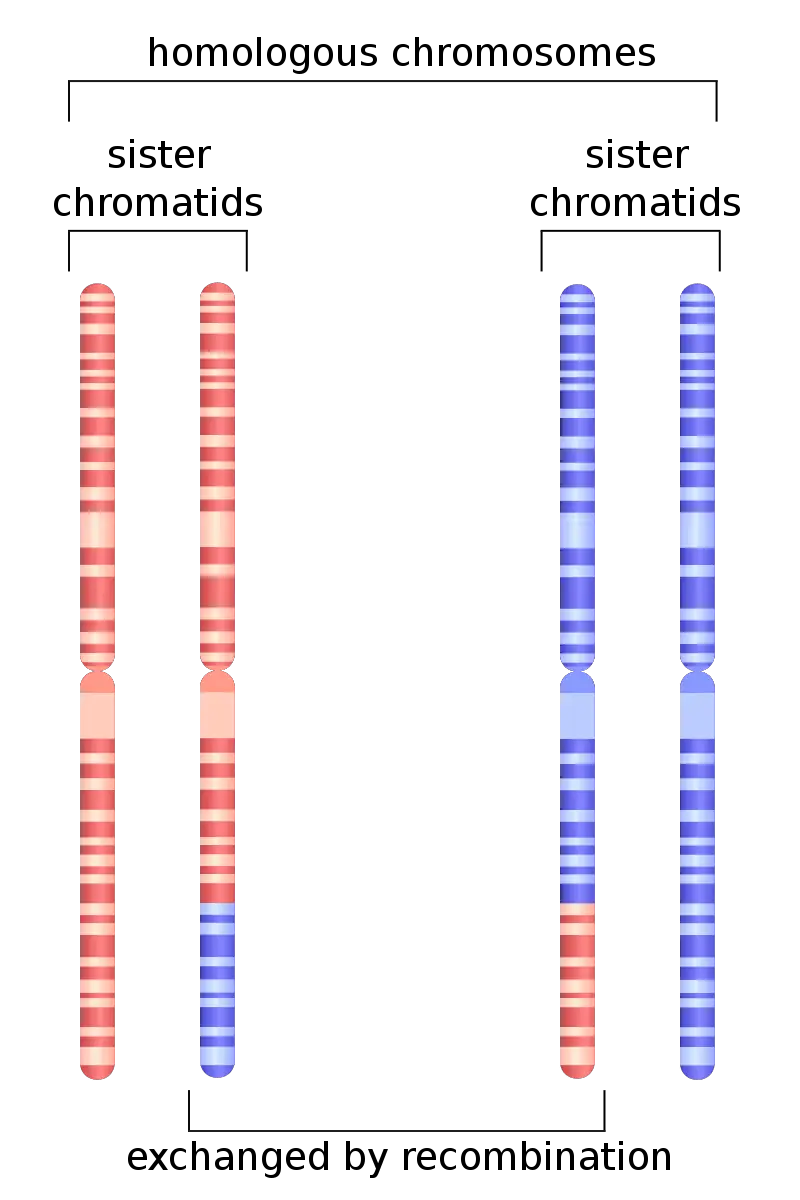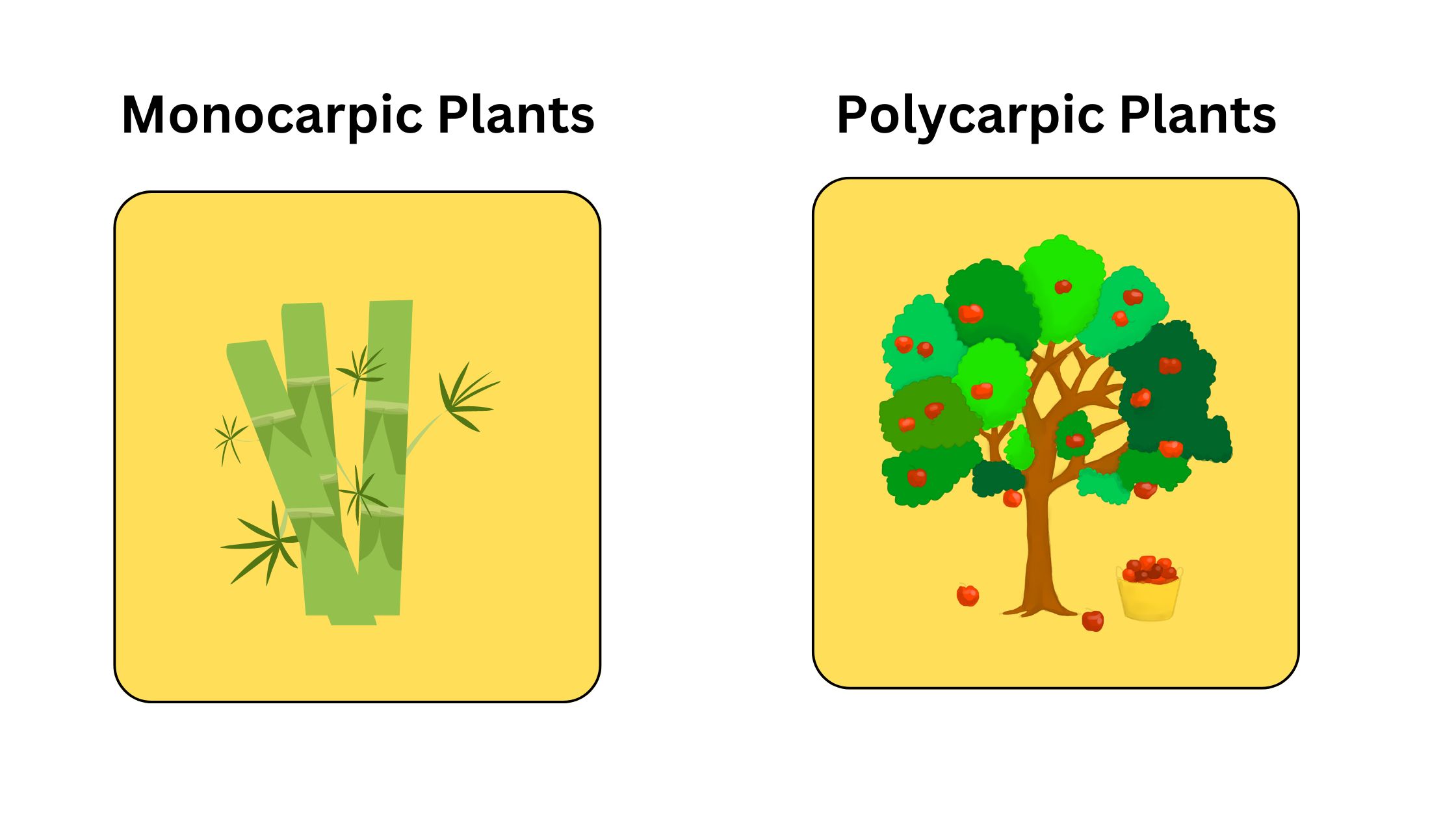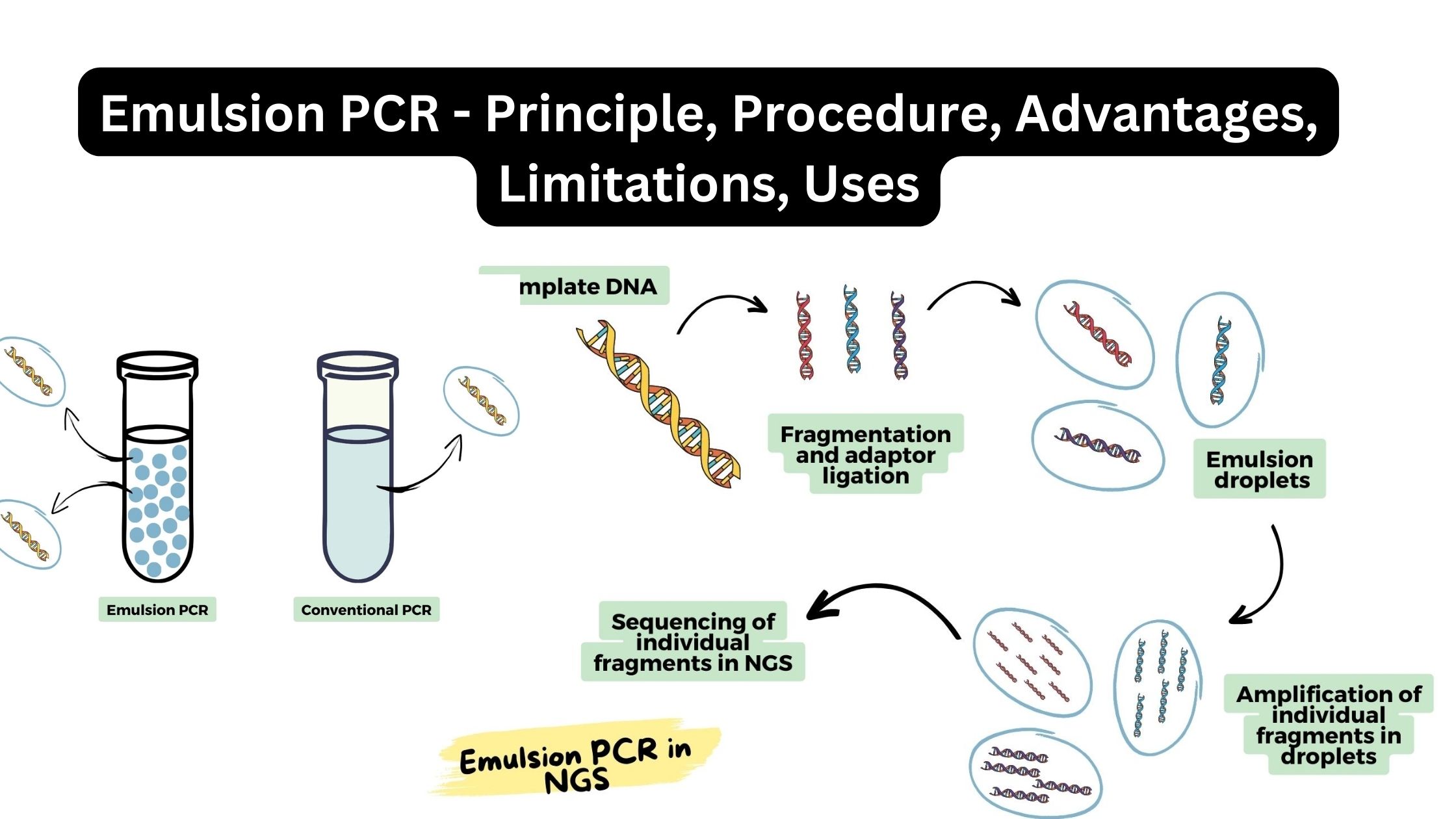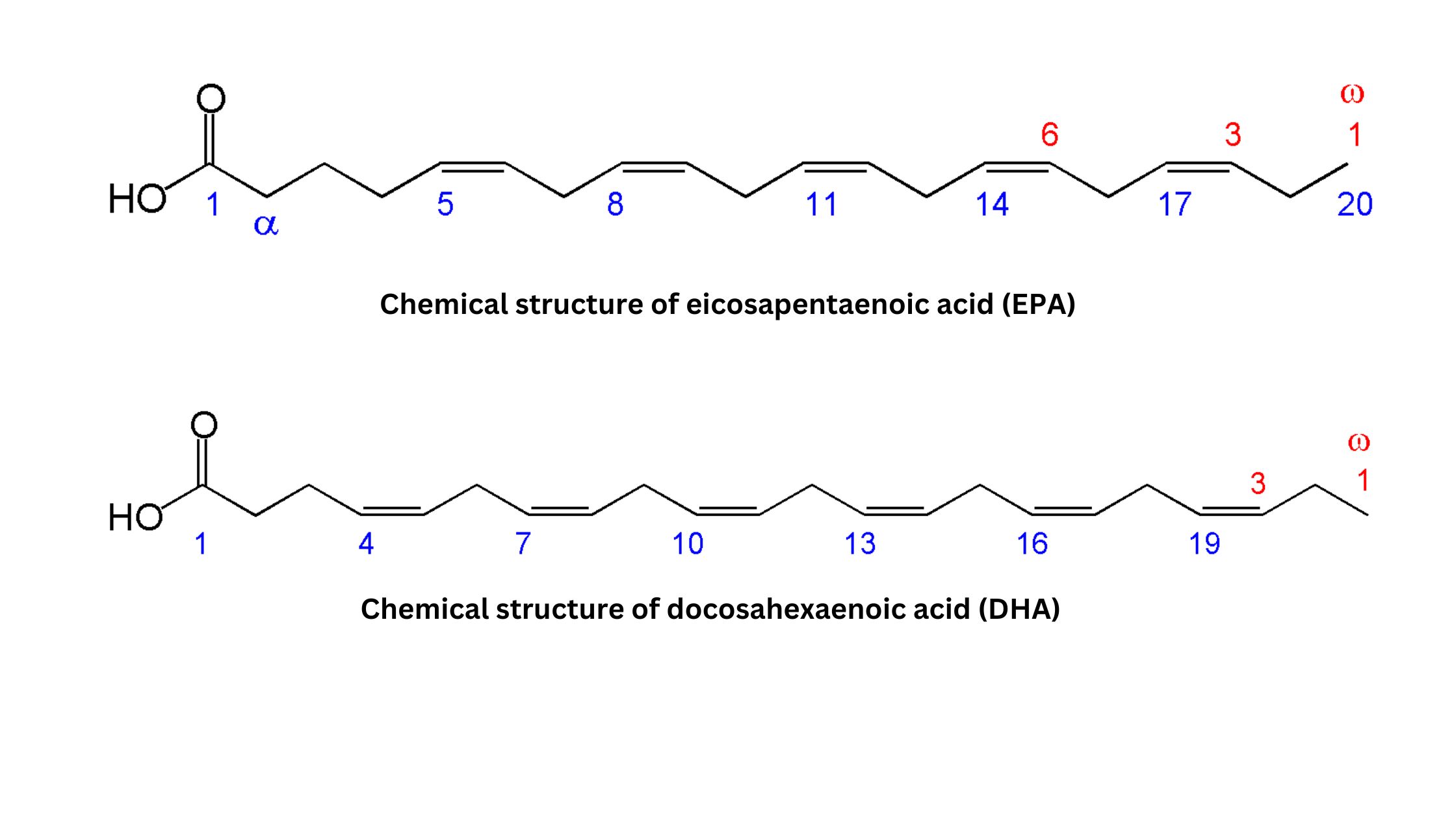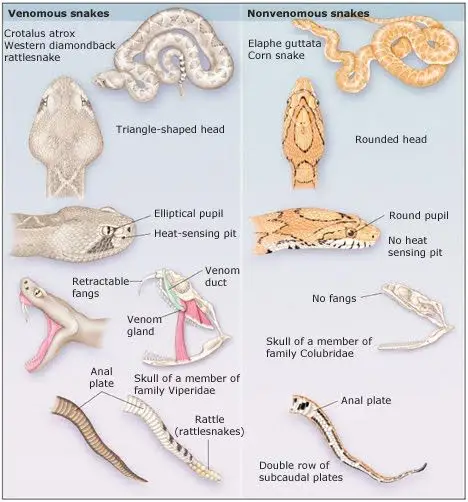Karyotyping – Definition, Steps, Procedure and Applications
What is Karyotyping? Karyotyping: What’s the Deal? Definition of Karyotyping Karyotyping is a diagnostic technique that examines an individual’s chromosomes to identify genetic abnormalities, structural changes, and chromosome number variations. What is a karyotype? Karyotyping Procedure/Steps of Karyotyping Staining and banding Staining and Banding techniques used in karyotyping: Applications of Karyotyping Medical Genetics: Prenatal Diagnostics: … Read more
